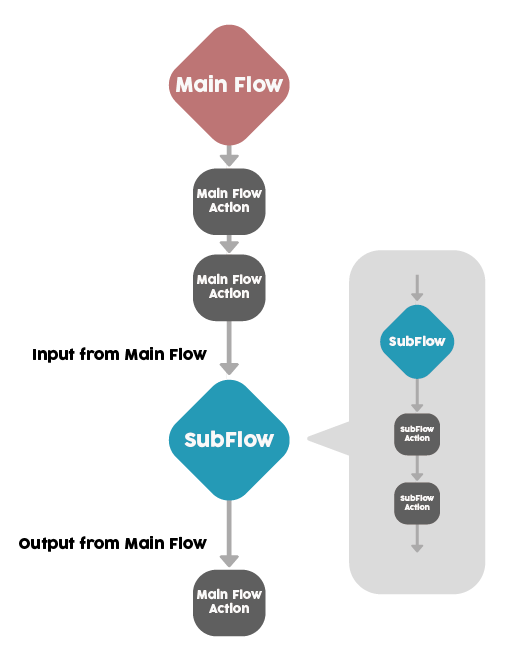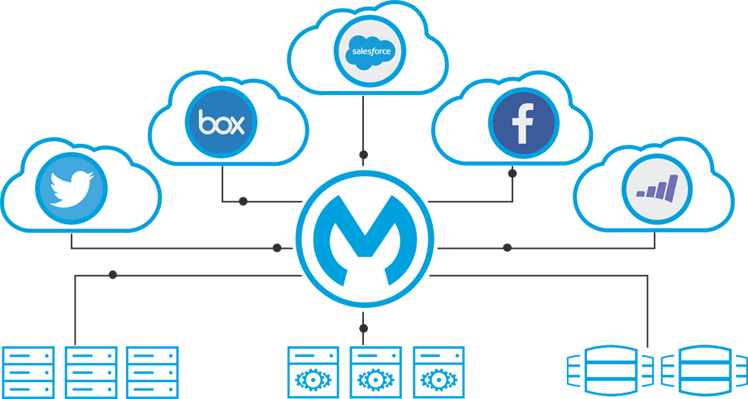Martin Larizzate – Salesforce Flow Best Practices: Transaction Management for Scalability
Salesforce Flows have become a cornerstone of declarative automation, offering administrators and developers the flexibility to create powerful business logic without heavy reliance on code. Inspired by articles like Salesforce Flow Best Practices by Salesforce Ben, this guide dives into an often-overlooked aspect: Transaction Management in Salesforce Flow. By understanding how to structure flows around transactions and data batches, you can significantly enhance your Flow designs’ performance, maintainability, and error handling.
This article focuses on key practices for managing transactions and batch processing in Salesforce Flows, ensuring that your automations are robust and scalable.

Why Transactions Matter in Salesforce Flow
In Salesforce, a transaction represents a unit of work executed as a single operation. Whether you’re updating a record, processing a batch of data, or executing complex automations, grouping these operations thoughtfully can mean the difference between success and governor limit failures.
Failing to identify transactions properly in Flows can lead to:
- Hitting Salesforce governor limits.
- Inconsistent data updates.
- Difficult-to-debug Flows with unclear logic.
By strategically grouping your logic into manageable transactions, you can create maintainable, error-resistant automations.
Best Practices for Transaction Management in Salesforce Flow
1. Use Subflows to Organize Batches of Transactions
When designing complex Flows, breaking down the logic into subflows improves clarity and modularity. Subflows allow you to:
- Simplify large Flows by moving chunks of logic to reusable components.
- Define clear inputs and outputs, making each subflow self-contained and easier to test.
- Improve error handling, as each subflow can manage specific exceptions related to its transaction.

Example:
Imagine you’re automating a process to update opportunities after an account’s industry changes. Instead of managing the updates in a single Flow, you can delegate this task to a subflow that receives account details as input and processes related opportunities, handling errors specific to that transaction
2. Implement Transaction-Specific Error Handling
Error handling is crucial when working with transactions. By isolating logic into transactional subflows, you can handle errors at a granular level without interrupting unrelated processes.
Steps for Effective Error Handling:
- Use the Fault Path in subflows to capture and log errors.
- Create custom error-handling mechanisms, such as sending notifications or updating error logs.
- Test subflows independently to ensure proper fault tolerance.
External Resource:
For advanced techniques, Salesforce’s Error Handling Guide provides great insights into handling errors in Flows.
3. Manage Large Data Volumes with Scheduled Flows or Chunking
When working with high data volumes, a single transaction may not suffice due to Salesforce’s governor limits. Instead:
- Scheduled Flows: Break large data processes into smaller chunks and schedule them to run at intervals. This avoids hitting limits and ensures data integrity.
- Chunking Pattern: Divide records into batches (e.g., groups of 200) and process each batch within its own transaction.
Example:
For a Flow that recalculates discounts across 10,000 opportunities, use a scheduled Flow that processes 1,000 records per run.
External Resource:
Explore Apex Chunking Patterns for deeper insights into managing large-scale data operations.
4. Centralize Repetitive Logic in Reusable Subflows
Centralizing common logic—like validations, calculations, or reusable operations—in subflows ensures consistency and reduces redundancy across multiple Flows.
Advantages:
- Easier maintenance: Update logic in one place instead of multiple Flows.
- Improved clarity: Business rules are stored in dedicated components, making the main Flow cleaner.
- Enhanced reusability: Share subflows across different processes.
Example:
If multiple Flows require email validation, create a reusable subflow for this purpose. Each Flow can call this subflow when needed, keeping logic centralized.
External Resource:
Read Salesforce Trailhead: Modular Flows to learn about modularizing Flow logic effectively.
Benefits of Proper Transaction Management
Implementing transaction management in Salesforce Flows results in:
- Improved Scalability: Flows can handle larger data volumes efficiently.
- Enhanced Maintainability: Modular subflows simplify debugging and updates.
- Better Performance: Breaking logic into manageable transactions reduces the likelihood of hitting governor limits.
- Clearer Error Handling: Transactional boundaries allow precise error tracking and resolution.
Conclusion
Salesforce Flow is a powerful tool, but its effectiveness depends on how well you structure your processes. By focusing on Transaction Management in Salesforce Flow, you can create automations that are robust, scalable, and easy to maintain.
Remember to:
- Use subflows to organize and modularize logic.
- Implement transaction-specific error handling.
- Manage data volumes with scheduled Flows or chunking patterns.
- Centralize repetitive logic into reusable subflows.
By adopting these practices, you’ll ensure your Flows are prepared for both current needs and future growth.
_- Martin Larizzate -_ Java and Mulesoft Certified Developer, Salesforce Ranger and Salesforce Solution Architect



